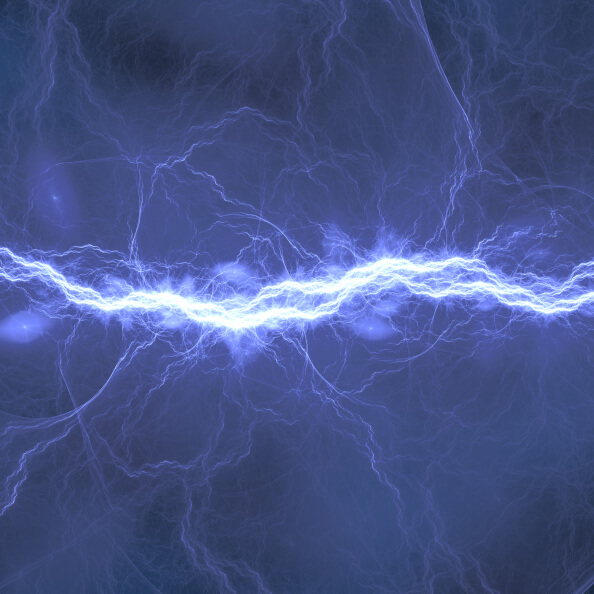
Do You Need Whole-House Surge Protection?
Whether you live in a region subject to brownouts or you’re simply interested in protecting your home from the hazards of ongoing voltage surges, a whole-house surge suppressor is a smart investment.
Power surges can cause thousands of dollars of damage. A single lightning strike can instantly produce a burst of high voltage that travels down the lines, enters your home and destroys computers, appliances, home entertainment systems and much more. Routine surges caused by fluctuating demand or appliances cycling on and off inside your home do the same. The effects are less immediate but they accumulate over time, until one day your computer stops working, the TV goes out or the oven’s electronic circuitry malfunctions.
Whole-house suppressors help protect your electric system and the many devices powered by it from the costly consequences of surges. To help you determine if you need this type of protection, let’s look at the basics:
How They Work
Whole-house suppressors are hardwired into the main electric panel for your house. They block surges by transferring excess voltage to the ground wire where it dissipates. Many respond in under a nanosecond and are designed to shut off power if the surge is strong enough.
What They Do
Suppressors block voltage surges coming into your home from the utility supply lines, whether those surges are created by routine voltage fluctuations, brownouts, rolling blackouts, a nearby lightning strike or a full power outage. They can also block surges produced when standby generators are started or when power is restored after an outage.
What They Can’t Do
First and foremost, no surge protector can thwart the full effects of a lightning strike, particularly if it hits close to your home. Most whole-house systems block 85% to 90% of the voltage surge, but the remaining voltage will seep through. They also can’t stop surges that occur when appliances cycle on and off, but because they’re installed at the panel, they can keep these internal surges from spreading through the system.
Any whole-house suppressor must be properly installed and effectively grounded in order to withstand intense surges, so this is a job for your electrician. At minimum, the suppressor should be able to stop a 40,000-amp surge, and it should incorporate thermal fuses and some type of alert system that lets you know when a major surge has damaged the suppressor. For more comprehensive protection, invest in the most effective suppressor you can afford and spring for smaller, secondary systems dedicated to phone and cable lines. For critical devices, use plug-in protectors as added safeguards against extra voltage that may leak through.